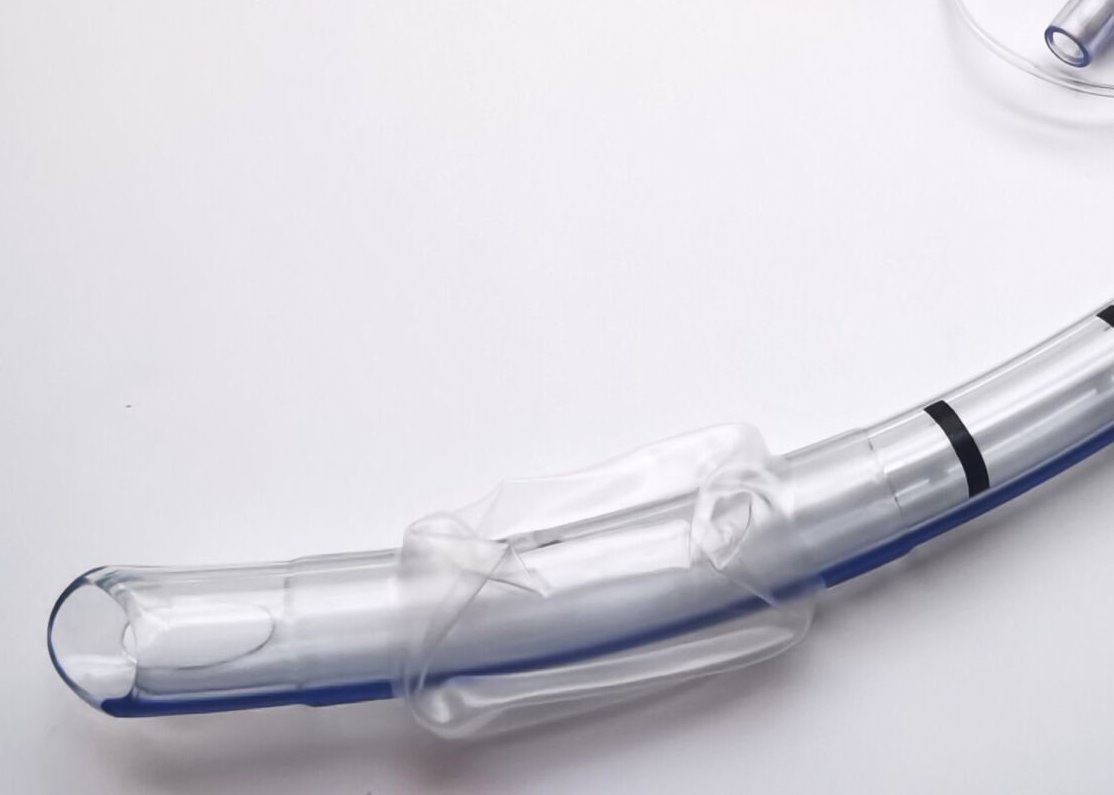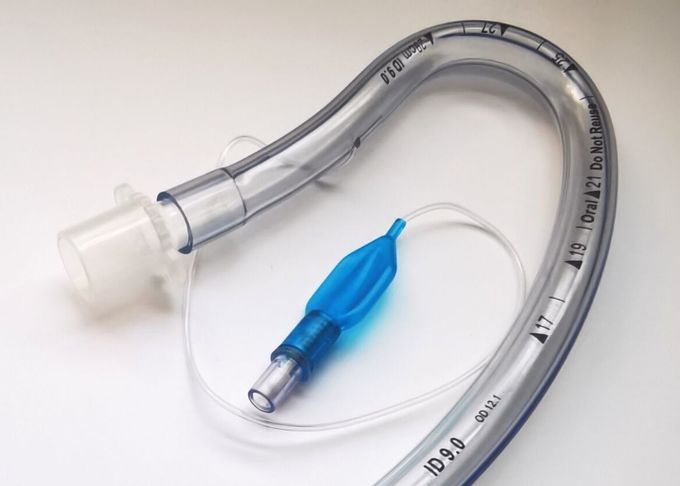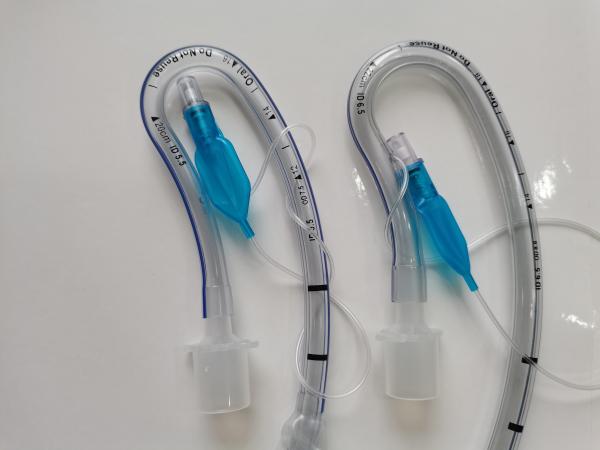| Sign In | Join Free | My frbiz.com |
|
| Sign In | Join Free | My frbiz.com |
|
| Categories | Anesthesia Airway Devices |
|---|---|
| Brand Name: | AVACARE |
| Model Number: | 7.0mm |
| Certification: | ISO13485, CE0123 |
| Place of Origin: | CHINA |
| MOQ: | 100 units |
| Price: | negotiable |
| Payment Terms: | L/C, T/T |
| Supply Ability: | 30000units / month |
| Delivery Time: | 20-30 working days |
| Packaging Details: | Individually packed by blister pouch, 10 units/inner box, 200 units / carton |
| name: | Oral Endotracheal Tube Cuffed |
| material: | PVC |
| parts: | X ray line, murphy eyes with balloon |
| type: | Medical grade |
| size: | 7.0mm |
| use: | oral intubation |
| Company Info. |
| Henan Aile Industry CO.,LTD. |
| Verified Supplier |
| View Contact Details |
| Product List |
Basic Introduction of Oral Endotracheal Tube:
Oral Endotracheal Tube Cuffed is a method of inserting a special
endotracheal tube into the trachea or bronchus through the mouth or
nasal cavity.
Product composition and function :
| Total Size(mm) | 3.0/3.5/4.0/4.5/5.0/5.5/6.0/6.5/7.0/7.5/8.0/8.5/9.0/9.5/10.0 | |
| Murphy Eye | Reducing the risk of occlusinon and maintaining airflow | |
| Balloon | Providing even pressure to maintain good sealing,reducing ppressure on the tissues of trachea | |
| Wire coil | Increasing flexibility, providing effective resistance to kinking | |
| Radiopaque | Allowing clear identification of the tube on radiographic images | |
| 15mm connector | Reliable connection to all standard equipment | |
| Valve | Ensuring continual cuff integrity | |


X-ray endotracheal intubation is a medical procedure that uses fluoroscopic imaging to guide the placement of an endotracheal tube into the trachea. It is performed to ensure accurate and safe placement of the tube, particularly in challenging cases or when visualization of the vocal cords is difficult.
Procedure:
Patient Preparation: The patient is positioned supine with the neck extended and the head in a neutral position. The oropharynx is anesthetized with a topical agent to reduce discomfort and facilitate intubation.
Equipment Setup: The fluoroscopy machine is positioned so that the patient's neck and chest are clearly visible on the monitor. The endotracheal tube is selected based on the patient's size and anatomy.
Tube Insertion: The laryngoscope is used to visualize the vocal cords, and the endotracheal tube is advanced through the vocal cords and into the trachea under direct vision.
Fluoroscopic Visualization: Once the tube is in place, fluoroscopic imaging is used to confirm its position. The tube should be positioned just below the vocal cords, with the tip in the mid-trachea.
Securing the Tube: The endotracheal tube is secured in place using tape or other appropriate devices to prevent accidental dislodgement.
Benefits:
Accurate Placement: X-ray guidance allows for precise placement of the endotracheal tube, reducing the risk of malposition or esophageal intubation.
Real-Time Visualization: Fluoroscopy provides real-time visualization of the airway and the position of the tube, enabling immediate correction of any malposition.
Reduced Complications: X-ray endotracheal intubation helps reduce the risk of complications such as esophageal intubation, pneumothorax, and airway trauma.
Useful in Difficult Cases: X-ray guidance is particularly beneficial in challenging cases, such as patients with difficult anatomy, obesity, or cervical spine abnormalities.
Indications:
Contraindications:
Conclusion:
X-ray endotracheal intubation is a valuable technique that enhances the safety and accuracy of endotracheal tube placement. By using fluoroscopic guidance, healthcare professionals can visualize the airway in real-time and ensure that the tube is positioned correctly, reducing the risk of complications. It is particularly useful in challenging cases where direct visualization of the vocal cords is difficult or when there is a high risk of malposition.
Preformed Oral Endotracheal Tube Cuffed Application Features:

|